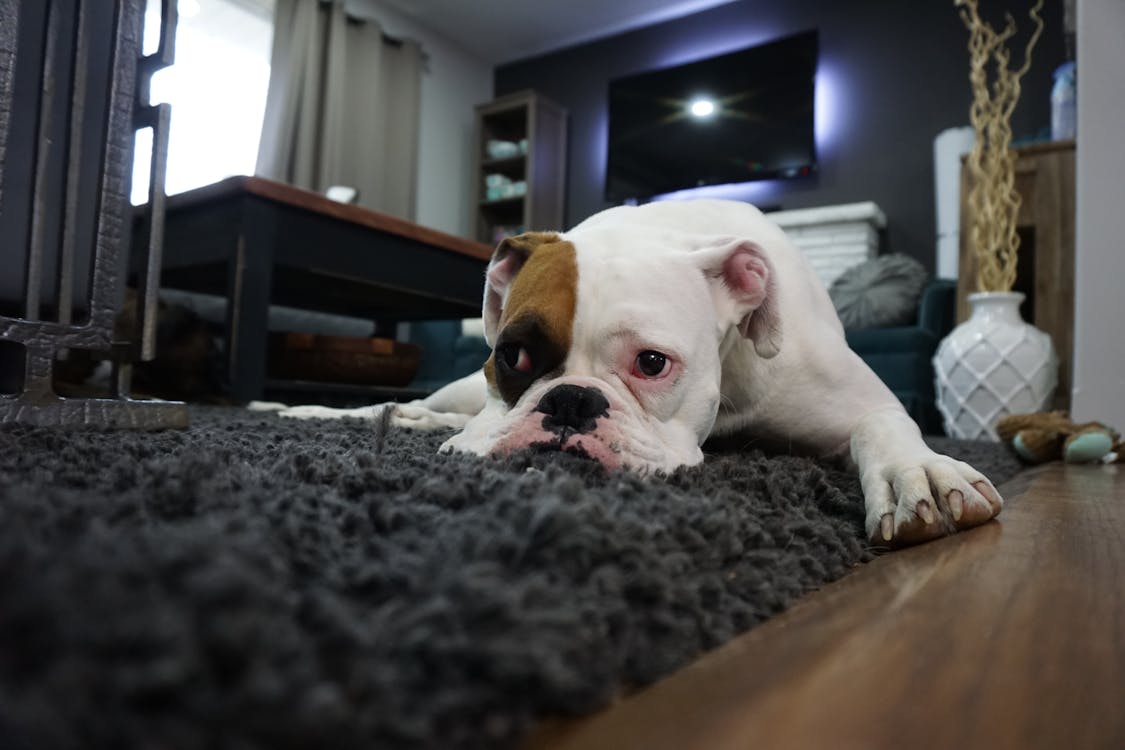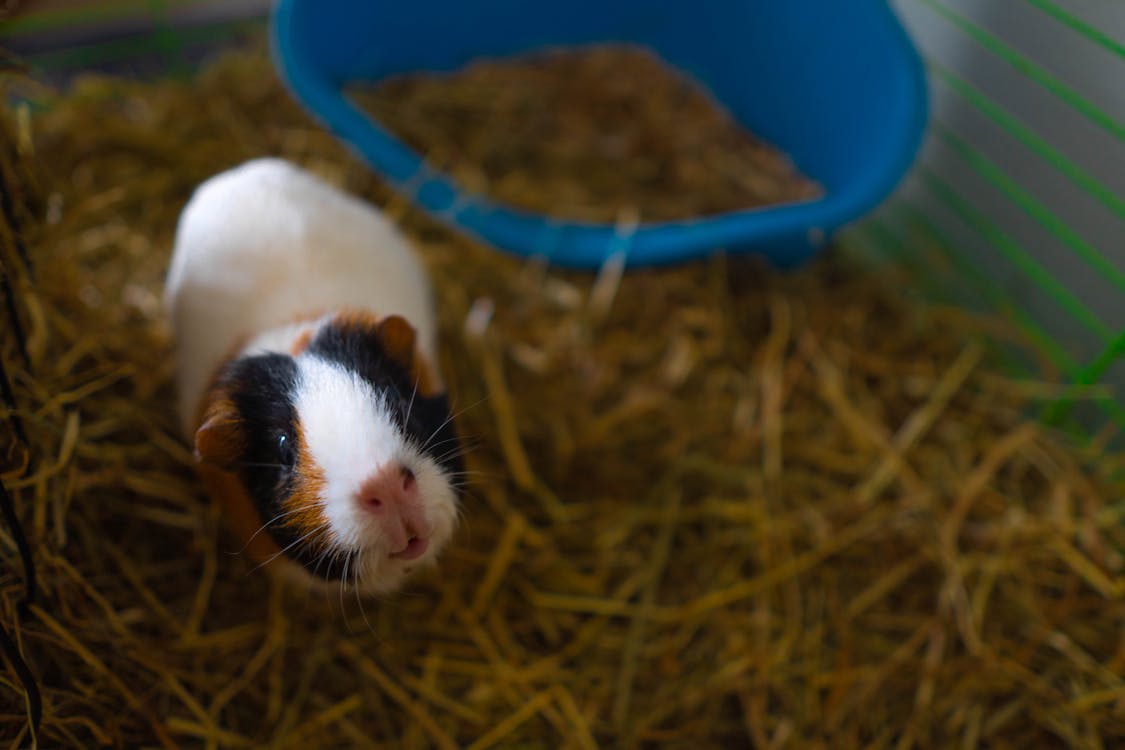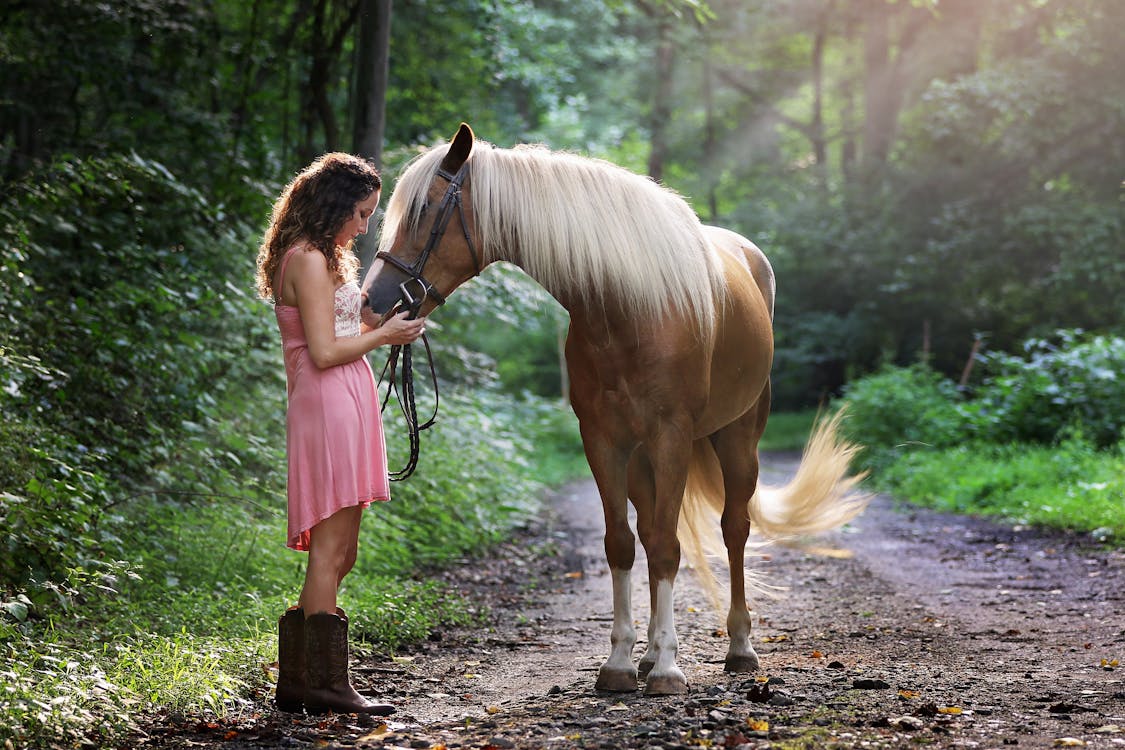Pets are said to have the ability to sense their owners’ feelings, such as happiness, depression, or anger. It’s only natural that they feel the same way that you do when they spend most of their time with you around the house. As pet owners, it’s important to notice your pet’s behavioral changes and know when your pet might be depressed and how to help him get back on his feet if he has fallen into a slump due to depression and sadness. Here are 10 ways to tell if your pet is depressed according to his behavior.
1) Inactivity

This can be a sign of depression. pets that are lethargic and sleep all day might just need more exercise or playtime. While inactivity isn’t always a clear indicator, it can be one factor that indicates your pet may need some extra love and attention.
2) Changes in eating habits
If you notice that your pet isn’t eating or drinking normally, it could be an indication of depression. While animals often refuse food when they are in pain, some will turn their nose up at their regular food even when there’s nothing wrong with them physically. If you notice that an animal has begun binge eating on their normal diet (even after having just eaten) and have not gained weight, it could be a sign of depression.
3) Vocalization (barking, meowing etc.)

Does he use vocalization more than usual? Does he meow, bark or howl when you leave him alone? If so, he may be exhibiting signs of loneliness. Try leaving him with toys that make sounds like humans for company. A household radio tuned to a talk station can help fill in some of the silence too. This can also improve behaviour during thunderstorms and fireworks displays by giving him something familiar and soothing to listen to during times of stress or anxiety.
4) Aggression
If you’ve ever seen a dog or cat exhibit aggressive behavior towards its owner, it was probably due to some sort of mood disorder. Mood disorders are a type of mental illness that’s often exhibited by animals as well as humans—and it may be time for you to seek professional help for your pet, so he can get back on track.
5) Lack of interest in usual activities

When a human being is feeling down, he may lose interest in things that used to bring him joy. The same goes for pets. If your furry friend usually loves his nightly stroll around the block, but now wants to stay home on these freezing nights, it’s possible he’s feeling down or experiencing a bout of depression.
6) Sleepiness/waking up early/sleeping too much
If you’ve noticed that your pet is sleeping a lot more or becoming tired out at odd hours, it could be because he’s become depressed. Just like humans, depression in pets can cause excessive sleepiness. Not all pets with depression will show their signs outwardly by sleeping—some may appear agitated instead of lethargic and can even become aggressive. In order to tell whether or not your pet is actually suffering from depression, look for behavioral changes over time.
7) Decreased energy level/tiredness

If your pet seems lethargic and spends more time sleeping than usual, chances are he’s depressed. If you have a dog, try offering him some additional exercise. Cats are typically aloof creatures, so don’t be surprised if you feel like it’s tough to determine whether or not your kitty is down in the dumps.
8) Increased energy level/hyperactivity
Pets with depression will often be hyperactive. They may run around more, attempt to jump, or even bark excessively. Make sure that it isn’t just a case of puppy energy! Increased appetite: Pets who are struggling with depression may feel hungry at all hours of the day. Be careful not to feed him as much as he wants – you don’t want him gaining weight or getting sick from overeating! Weight loss: Pets struggling with depression often lose their appetites and begin refusing food altogether.
9) Changes in mood/sadness

You may find that your pet has changes in mood and may even seem quite sad at times. Just as people can become withdrawn or sullen when they are feeling depressed, so too can animals. If you notice that your pet isn’t acting himself—not eating, grooming or playing as he normally does—it might be time to take him in for a checkup with a veterinarian.
10) General physical appearance problems
The signs of depression in dogs and cats can be subtle, but are often indicated by things like lack of appetite or interest in food. They may not be eating as much or as vigorously as usual; some pets will even go for long periods without eating at all. Pets who are depressed may also show a decrease in activity, preferring instead to rest on couches and other furniture than engaging with their owners. Some canines exhibit weight loss over time as a result of these changes.
